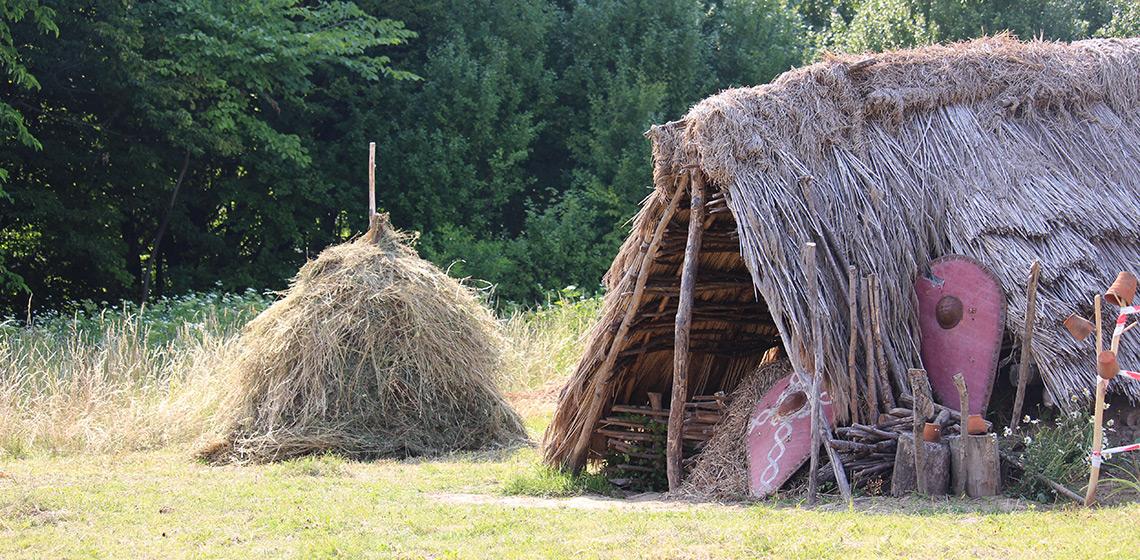
The historical and cultural reserve "Ancient Plisnesk" is located in the west of Ukraine, with an area of 450 hectares, which takes care of four medieval archeological monuments and an architectural monument of national importance. Among them are a unique Slavic cult center of the late 7th – 10th centuries, a huge Slavic city of the 9th – 10th centuries, a city of the 12th – 13th centuries, a necropolis with burial mounds of the Varangian soldiers of the Kyiv prince Volodymyr Svyatoslavovych and their descendants of the 11th – beginning of the 12th century and the Pidhoretsky monastery with a baroque church and cells of the 18th century.
The name "Plisnesko" comes from the word "pleso" - standing water.
The first excavations in Plisnesk were carried out as early as 1810, and systematic stationary archaeological research began in 1990 and continues annually to this day. A separate field of work of specialists is experimental archeology.
In 2021, an experiment was successfully implemented on the territory of the open-air museum to rebuild a Slavic sunken dwelling of the 10th century, which became an interesting exhibition object for tourists. The project manager is Oleksandr Didyk. The location of the Slavic dwelling was complemented by recreated sides - beehives hollowed out of wooden logs for bees, which were used by the inhabitants of the region in the Middle Ages.
In 2022, experiments on the production of medieval ceramic vessels (O. Didyk) and the reproduction of individual elements of the economic activity of the inhabitants of the settlement using the example of millet cultivation (Oksana Yakubovska) were implemented in the "Davnii Plisnesk" Nature Reserve. The same location is filled with life. The results of both experiments gave visitors the opportunity to further immerse themselves in the medieval life of the Slavs.
The reserve became a site where reenactment clubs held meetings, hikes and experiments.
The official name is: Комунальний заклад Львівської обласної ради «Адміністрація історико-культурного заповідника «Давній Пліснеськ»»


